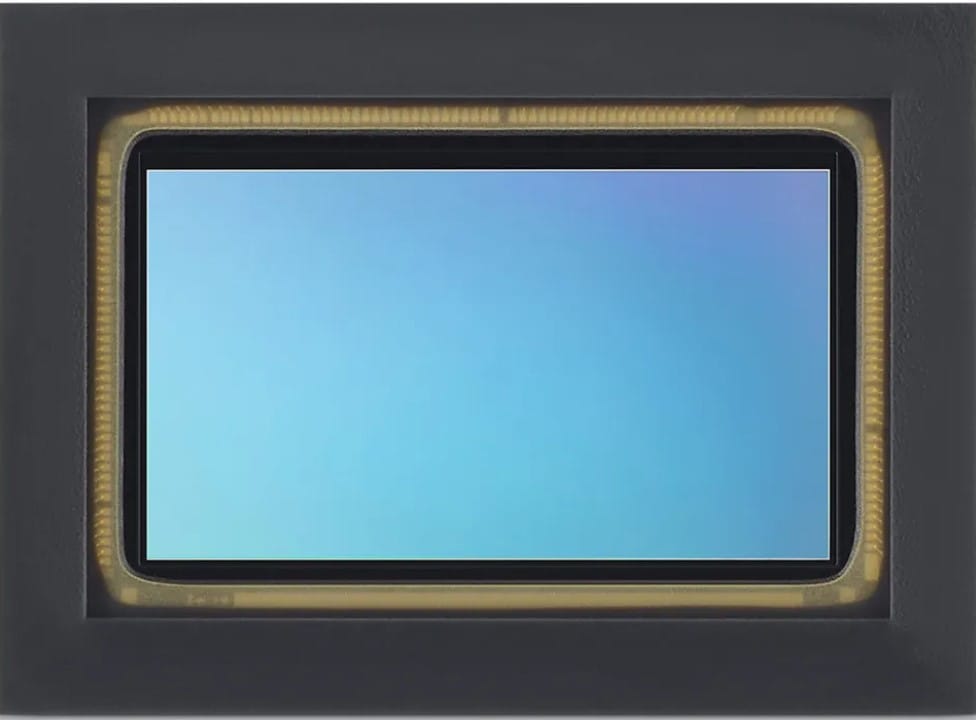Sony has introduced the ISX038 sensor, which can output both RAW and YUV images at the same time. This innovation is designed for assistive and autonomous driving systems, helping to lessen the number of camera sensors needed in today’s cars. The sensor works well with the widely-used Mobileye EyeQ 6 system-on-a-chip, which is favored by several car manufacturers, including Porsche, for their advanced driver-assistance systems (ADAS).
Specifications of the Sensor
This 1/1.7-inch CMOS sensor features 2.1 μm pixels, allowing it to achieve a dynamic range of up to 130 dB in HDR mode. When the anti-LED flicker mode is activated, the dynamic range drops to 106 dB, which is above the 100 dB threshold needed for effective object detection in various lighting conditions, from bright daylight to twilight. The sensor can deliver video at 30 frames per second, with a resolution of 3,857 × 2,177 pixels, equating to 8.39 megapixels. Such high-resolution images are crucial for driver-assistance systems to accurately identify pedestrians and obstacles, helping to stop vehicles before a potential collision.
Benefits of Using One Sensor
By utilizing a single sensor instead of two, the complexity of the systems is significantly reduced, along with the amount of wiring and the electrical load on the vehicle’s electrical systems. In contrast, traditional autonomous driving systems typically require at least four pairs of sensors to achieve a full 360-degree view around a car.
For those interested in night vision, the Sionyx Aurora color night-vision camera is available on Amazon.
Pricing and Availability
The sensor can be acquired for ¥15,000 (approximately $100). It comes in a 192-pin BGA package with dimensions of 11.85 × 8.60 mm (0.47 x 0.34 in.). Data transfer is done using a standard MIPI Camera Serial Interface 2 (CSI-2) output.
Sony Semiconductor Solutions Corporation has made an announcement regarding the release of this pioneering CMOS image sensor for automotive cameras, which is capable of processing and outputting RAW and YUV images simultaneously.



Leave a Reply